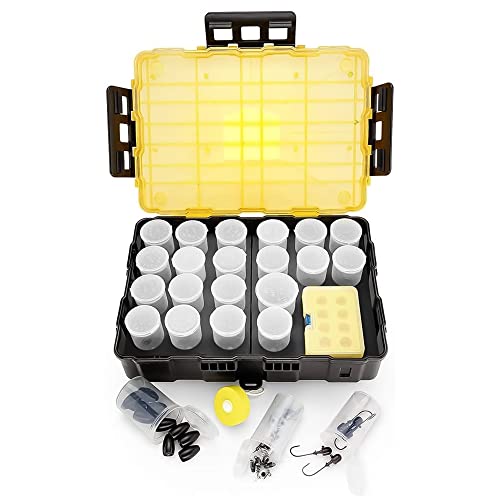I had a Motorguide Xi5 on my bay boat from 2007 until two weeks ago. I installed a Garmin Kraken at that time and, so far, I like it a great deal. Is it worth the extra money? That seems subjective to me, but I am glad that I upgraded and it was worth it to me. The new motor is much quieter though the noise of the brushed motor did not annoy me or my wife. The motor is more efficient though our old motor was efficient enough for us to fish all day on all but the longest, windiest days. I do like the Kraken's suggestive steering, though that has nothing to do with the brushless motor. I also like that the Kraken's handheld remote tells me the batteries' charge level and boat speed. I am glad to have the new motor; our plan is to upgrade from 24 volt lead/acid batteries to a single 36 volt lithium battery when our batteries finally wear out. The Kraken runs on either 24 volts or 36 volts so we were able to upgrade our motor now and our batteries sometime in the future without the expense of doing both upgrades at the same time. Our 24 volt motor would hold us in place on most windy days, but not always, hence the desire for the upgrade. After two weeks of use (7 days of use), I would do it again. Heck, I like the suggestive steering so much that I would consider the upgrade on that feature alone.






















































